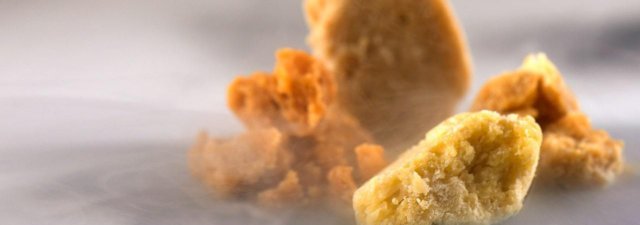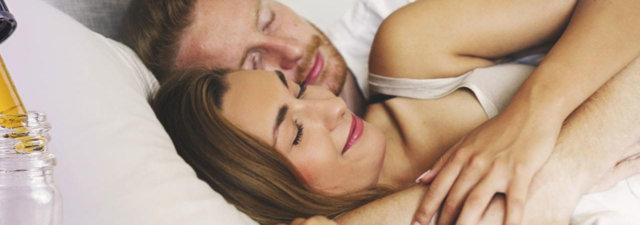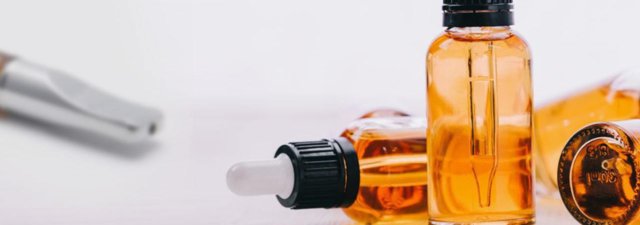CBD is a non-intoxicating compound in marijuana and is also found in abundance in hemp. If and when industrial hemp becomes federally legal to grow, the CBD market is set to experience an enormous boost in what is already a fast-growing industry. As it stands, you can purchase CBD oils, sprays, gummies, drinks, tablets, and pastes.
CBD paste does not yet compare to oil in terms of popularity, but it could be a great way to consume this cannabinoid. As long as you purchase it from a reputable source, CBD paste is extremely potent and could have at least ten times more cannabidiol than oil. Obviously, you will pay extra for the privilege, but in terms of CBD per dollar, you may actually end up saving money.
For example, we have seen tubes of CBD paste with 400mg of the cannabinoid for just $35. In contrast, it normally costs double that price for the same amount of CBD in oil form.
What Exactly is CBD Paste?
As you can probably guess from the name, CBD paste is a putty-like substance that can be consumed orally or used topically. Most manufacturers include organic cocoa butter, coconut oil, and full spectrum CBD distillate in their products. When purchasing CBD paste, make sure the seller clearly outlines the form of extraction.
Ideally, the company has used supercritical CO2 extraction because it is safe and provides a pure form of CBD. This process involves expensive equipment which uses pressurized CO2 to pull CBD and other cannabinoids from the hemp plant. CO2 acts as a solvent but doesn’t have the same drawbacks as real solvents such as butane.
CBD pastes can have anywhere between 40% and 90% of CBD; the higher, the better obviously. If it is properly packaged, you will find it easy to measure individual doses.
Pastes are probably the easiest formulation to obtain, and you don’t need a great deal of knowledge about hemp extraction to make CBD paste. As a consequence, there is a danger of purchasing low-grade CBD paste without realizing it. As the CO2 extraction process is supposed to be run under mild conditions without other chemicals or solvents, and with no frying or heating, a paste should retain the golden color of phytocannabinoids.
We don’t recommend purchasing or using CBD pastes with a dark or tar color because it is a sign of improper extraction and low-quality material. Indeed, it is a sad fact that some producers use what is effectively ‘waste’ hemp or marijuana which could be moldy, or contain heavy metals or pesticides.
How to Use CBD Paste
Practically all CBD sellers make sure their paste comes in a syringe-type container. They should also contain terpenes such as Humulene, Caryophyllene, Myrcene, and Linalool, among others. These terpenes work with the receptors in the body’s endocannabinoid system (ECS). When consumed in conjunction with CBD, you benefit from the entourage effect which helps bring your body into homeostasis faster.
Simply unscrew the lid and squeeze a little bit out. The downside with CBD paste is that it’s very easy to push out too much at once which means you have no option but to use it. A handy tip is to squeeze your desired amount on a fingernail (make sure you wash your hands first) and use the finger to place the paste beneath your tongue. Leave it there for at least 30 seconds. It should dissolve during this time, and then you can swallow it.
Your saliva mixes with the paste, and the enzymes help break down the substance. It moves through the mucous membrane and goes through the body via various capillaries. The CBD and terpenes should move swiftly to the receptors in your ECS and have a relatively rapid effect.
The amount you use depends entirely on what you need CBD for. Let’s say you have a 5-gram tube that contains 50% CBD. This means you have 2,500mg of CBD to work with. Although there are numerous factors involved, your bodyweight and medical condition are two of the most important.
For instance, someone who weighs 86-150 pounds with mild pain would use 12mg of CBD a day. However, if you weigh more than 240 pounds and are in severe pain, you may need at least 45mg of CBD a day. We recommend experimenting with a small dose first and monitor the effects. If you are not satisfied, increase the daily dosage until you feel a noticeable effect. Do not increase the dosage any further at that point.
Make Your Own CBD Paste
All you need to create CBD paste at home is a glass mason jar, coconut oil or vegetable glycerin, and hemp buds, or buds from a high CBD, low THC marijuana strain. Here’s what you need to do:
- Grind your hemp buds into a fine powder.
- Place the ground-up buds into the mason jar.
- Cover them with two ounces of the coconut oil/vegetable glycerin.
- Close the lid and place the jar into a pot of water. Make sure the water is at least 175 degrees Fahrenheit but don’t bring it to the boil. Keep it in the water for 10-11 hours. An induction heater works well for this purpose.
Final Thoughts on CBD Paste
It is now possible to purchase CBD in several different forms, and there is a debate as to which delivery method is the most effective. You can make a good argument that topicals are the most effective, but the truth is, the best method of consumption depends on your circumstances and preferences.
Although CBD pastes might be more expensive per product, the cost per gram of CBD is usually lower than with capsules or oils. While it isn’t the best option if you don’t like the taste of CBD, you will find that it is a quick and convenient way to get your daily CBD dose. CBD paste is usually very strong so make sure you know precisely how much of a dose you are using each day.
![Kief; All You Could Want to Know [And More]](https://wayofleaf.com/wp-content/uploads/2017/04/mj_what-is-kief_1920-1-640x225.jpg)



![What Are Cannabis Cones? [The Comprehensive Review]](https://wayofleaf.com/wp-content/uploads/2019/04/wol_what-are-cannabis-cones-640x225.jpg)


![What Are Dabs? [Your Complete Guide]](https://wayofleaf.com/wp-content/uploads/2019/01/mj_what-are-dabs-640x225.jpg)




